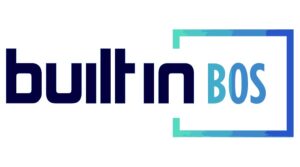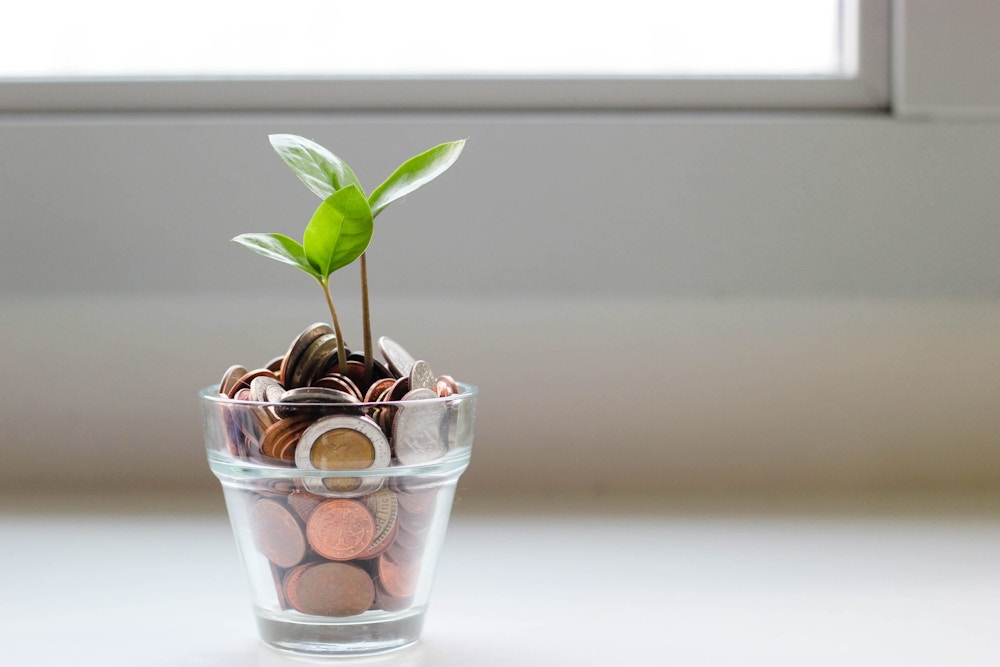The full article can be found on BuiltIn, “4 Key SaaS Metrics Investors Actually Care About.”
In a software-as-a-service context, unit economics assesses direct revenue and costs on a per-customer basis. The framework asks a simple question: Can you make more money from a customer than the cost it takes to acquire them — and how long will that take?
In many cases, the unit economics get better the longer you can hold onto your customers. Consider, for example, a company that spends $1 to sign customers up for an 80-cent annual contract. At first glance, that looks bad — you spent $1 to make 80 cents. But if the average customer sticks around for seven years, you just turned $1 into $5.60.
“So would you pay $1 to acquire 80 cents annuity for seven years? All day long,” Iltchev said.
But healthy growth can be a delicate tightrope to walk. A firm needs to evaluate sales and marketing spending, make accurate revenue forecasts, tabulate customer acquisition and churn rates. It also needs to have sufficient cash on hand to operate. But, if you zoom out, there are several telltale signs of a healthy SaaS company poised for growth.
Bruce Hogan, who is CEO of the software research firm SoftwarePundit and a long-time investment analyst, summed up these signals like this: “It’s growing quickly. … It’s growing profitably, as the company acquires customers they’re profitable. Long-term the economics are good; they’re retaining customers.”
These factors can be assessed with four metrics many investors rely on to benchmark companies’ progress and estimate their values. Closely tracking these metrics can help guide product and spending decisions and, ultimately, steer a SaaS company toward sustained growth and profitability.
TOP SAAS METRICS
- Net New Annual Recurring Revenue
- Customer Acquisition Cost (CAC) Payback Period
- Lifetime Value (LTV)/ CAC Ratio
- Net Revenue Retention

CAC Payback Period
DO YOU HAVE CASH TO BURN?
Tomy Han, a principal at the Boston-based growth equity firm Volition Capital, told me another important metric, to most investors, is the customer acquisition cost (CAC) payback period. At the most basic level, the metric measures how long it takes for a company to be paid back for the sales and marketing dollars it spends to acquire a new customer.
Here’s the customer acquisition cost payback period formula Volition Capital uses, as Han outlines in a recent blog:
Sales and Marketing Spend / Number of Customers Acquired
÷
(Average Revenue Per Account x Gross Margin %) / 12
The first step to figuring out your CAC is to establish a time frame for evaluation — typically a month, quarter or year, aligned with your billing cycle. So if you’re spending $80 in sales and $40 in marketing each month, and you acquire 12 customers over that period, your CAC would be $10 per customer, per month.
The CAC payback period is then calculated, on a unit basis, by considering the monthly revenue a customer is generating. If an average customer is bringing in $2,000 a year at a gross profit margin of 70 percent, they would be generating $1,400 per year, or $117 per month.
Thus, your CAC payback period is 11.7 months.
A CAC payback period less than 12 months is ideal, Han said, though for most SaaS companies in the $5 million to $30 million ARR range that his investment group targets, anything under 18 months is considered best in class.
Because it is tied to historical data, CAC tends to be reliable: “You know you’ve actually spent X amount of dollars in the last six months and landed Y amount of customers. That’s a fact, right? You know exactly how much they’re paying you.”
Still, there are several ways the metric can be misapplied. Sophia Bernazzani, writing for Hubspot, points out that total sales and marketing costs should include “all program and marketing spend, salaries, commissions, bonuses, and overhead associated with attracting new leads and converting them into customers.”
And as Brian Balfour, founder and CEO of Reforge, noted in a guest post published on investor Andrew Chen’s website, for CAC to be accurate, it should only include paying customers, not free registrations, activations and trials.
Balfour also points out that monthly marketing and sales spending should be assessed against a projected month in the future when that investment is likely to be recovered. Otherwise the figure can be distorted to look better or worse than it actually is.
“You can get better at Google Ads, if that’s your primary channel. You can add landing pages that work better with your ads.”
For a freemium product like Dropbox, that might be when a customer reaches their storage limit and has an opportunity to upgrade. For a SaaS company with an inside sales model, the delay might be the time between when a sales lead is developed and when a customer is acquired. The main point is the lag time needs to be included in spreadsheet modeling as Balfour’s model, seen here, takes into account.
CAC PAYBACK PERIOD REFLECTING PREDICTED SPEND-TO-RECOVERY GAP
In Balfour’s model, n reflects the current month. It is used to describe a cell’s position on a spreadsheet. Thirty and 60, one or two months, respectively, are placeholders denoting the predicted time lapse between spending and recovery. They vary from company to company. So if n = December, (n-30) and (n-60) refer to November and October, respectively.
Whatever accounting method you choose, the goal is to bring the CAC payback period down over time by reducing sales and marketing costs.
“As you get more efficient at acquiring customers, you get more referrals,” explained Tom Kuhr, vice president of marketing at Greenfly, citing organic adoption as one way to reduce CAC. “You can get better at Google Ads, if that’s your primary channel. You can add landing pages that work better with your ads.”
Lowering costs on the sales side is more difficult, but streamlining sales operations can shrink the average lead-to-close time and cut costs by increasing the capacity of your salesforce. For Greenfly, a Los Angeles-based company that works with clients like Major League Baseball and BET to distribute media assets to talent, this is an ongoing endeavor.
“How do we get our pitch down better,“ Kuhr said. “How do we have better follow-up materials? Usually, we have a buying team, not an individual buyer, so how do we find the rest of that buying team faster and get them convinced that this is a good idea? How do we get through legal and procurement faster? How efficient is our sales team at moving through each of the steps?”

